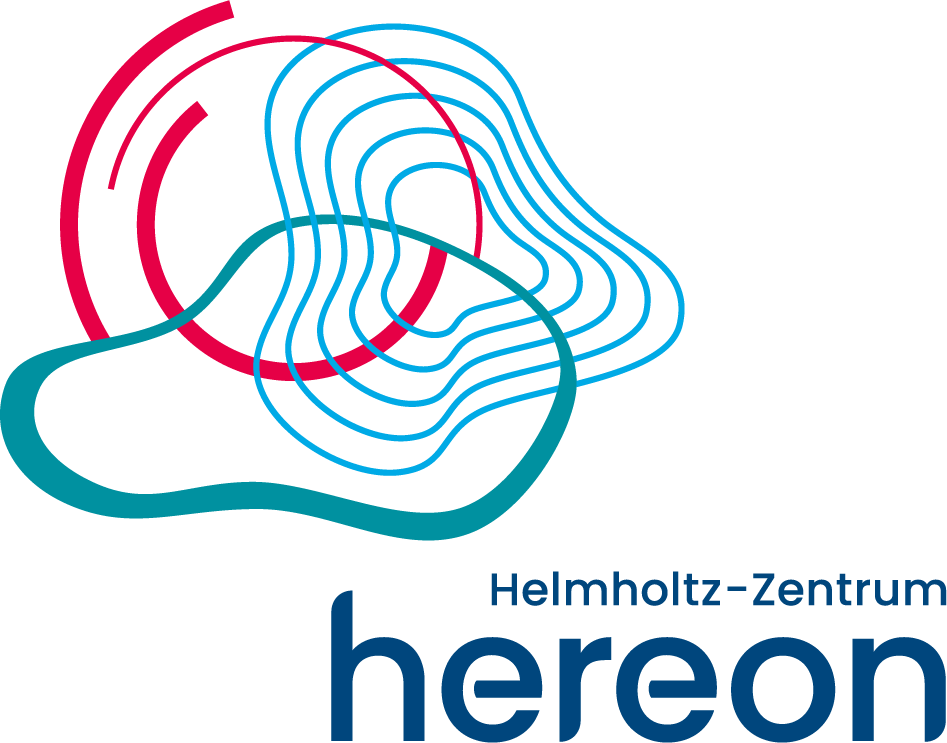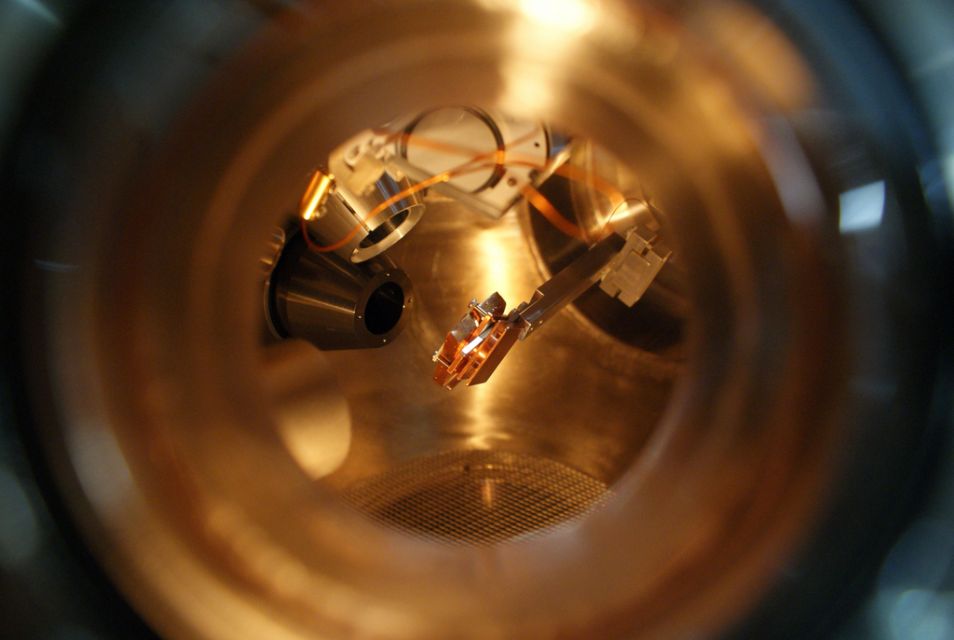MLZ is a cooperation between:
 > Technische Universität München
> Technische Universität München > Helmholtz-Zentrum Hereon
> Helmholtz-Zentrum Hereon
 > Forschungszentrum Jülich
> Forschungszentrum Jülich
MLZ is a member of:
 > LENS
> LENS > ERF-AISBL
> ERF-AISBL
MLZ on social media:

MLZ (eng)
Lichtenbergstr.1
85748 Garching
Positrons as a probe
Two years after its postulation by P. A. M. Dirac in 1930, C. D. Anderson discovered the positron, the anti-particle of the electron, by investigating particle traces using a cloud chamber in a magnetic field. Electrons and positrons as matter and antimatter particles have the same mass and spin, but opposite charge and magnetic moment.
After their implantation in matter, positrons thermalize within picoseconds and diffuse over hundreds of lattice spacings until they are annihilated either directly with an electron or after being trapped in crystal defects or at the surface. The annihilation process releases element-specific gamma rays that can then be detected. This non-destructive technique is called positron annihilation spectroscopy (PAS).
- They are non-destructive,
- cause no activation of the sample,
- have a minimum atomic defect density of 10-7 vacancies/atom,
- provide information about the chemical environment of defects,
- allow the investigation of surfaces, interfaces and thin layers,
- permit the study of electronic structures.
In solid-state physics and materials science the positron is applied as a highly mobile nano-probe for the non-destructive investigation of lattice defects on the atomic scale, e.g. vacancies, grain boundaries and nano-voids, clusters or surfaces.
Contact
Prof. Christoph Hugenschmidt
Phone: +49 (0)89 289 – 14609
E-mail: christoph.hugenschmidt@frm2.tum.de
TUM Research Group: Physics with Positrons
MLZ is a cooperation between:
 > Technische Universität München
> Technische Universität München > Helmholtz-Zentrum Hereon
> Helmholtz-Zentrum Hereon
 > Forschungszentrum Jülich
> Forschungszentrum Jülich
MLZ is a member of:
 > LENS
> LENS > ERF-AISBL
> ERF-AISBL
MLZ on social media:



